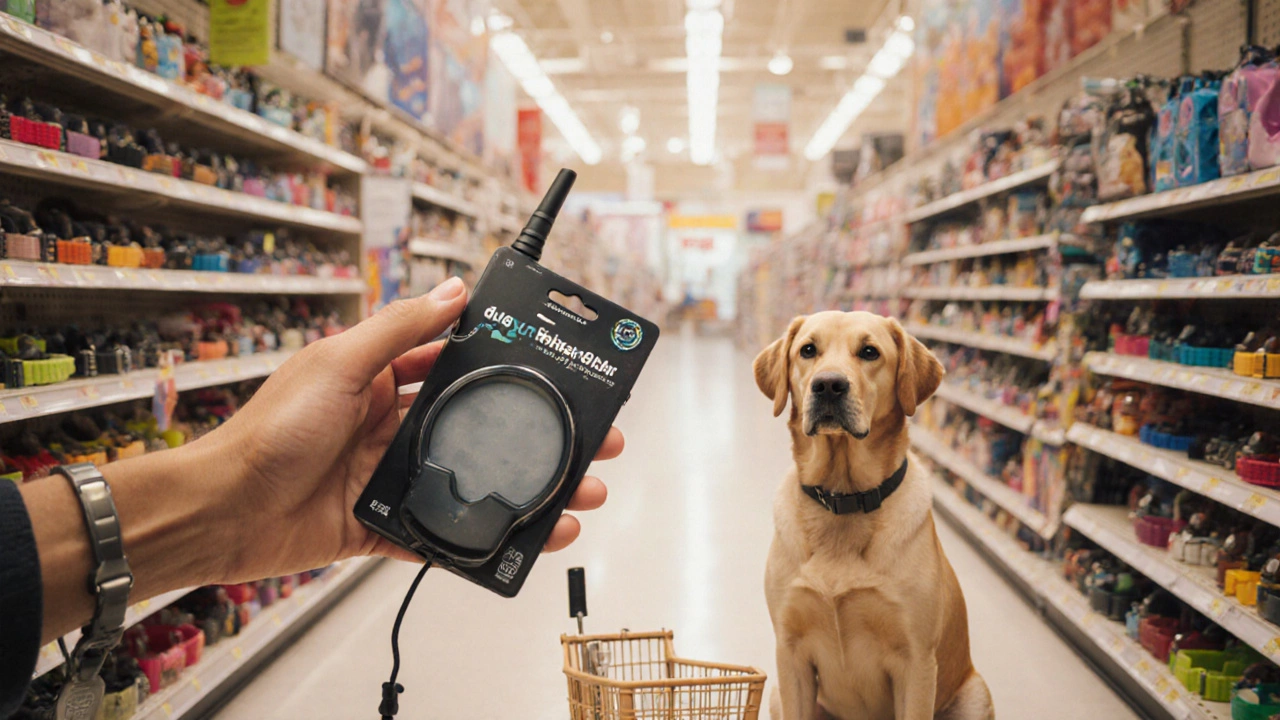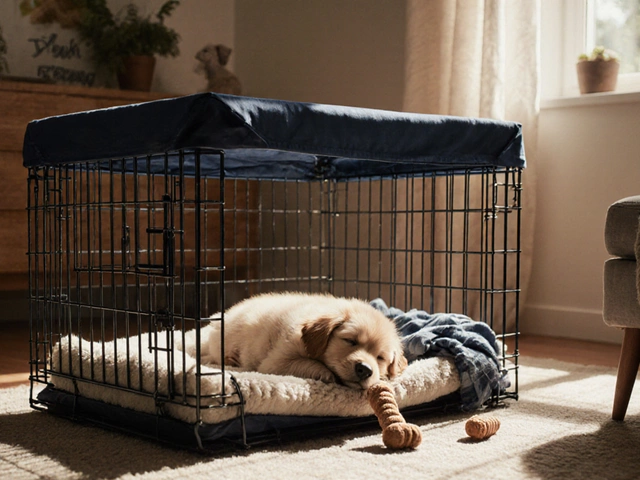e‑collar differences explained
When working with e‑collar differences, the various ways electronic collars can vary in stimulus type, range, and design. Also known as electronic training collars, they shape dog behavior through controlled feedback. A shock collar, delivers a brief static pulse to discourage a specific action is just one type; a vibration collar, uses gentle buzzes as a non‑electric cue offers a milder alternative. Understanding these variations helps you pick the right tool for your training goals.
Key attributes that define each e‑collar
e‑collar differences encompass three core attributes: stimulus type (static shock, beep, vibration), intensity levels, and effective range. Dog training requires a collar that matches the dog's size, temperament, and the specific behavior you’re addressing. For example, a high‑intensity shock collar might be effective for a stubborn hunting dog, while a low‑intensity vibration collar works better for a sensitive rescue pup. The range—how far the collar can communicate—also matters; longer ranges suit off‑lead work, whereas short ranges are fine for backyard training.
Another important factor is positive reinforcement, reward‑based training that encourages desired behavior without punishment. Many trainers blend e‑collars with treats or praise, turning the electronic cue into a reminder rather than a punishment. This combination can reduce stress and improve learning speed, especially when the dog associates the cue with a tasty reward.
Safety and legality also shape e‑collar differences. Some regions ban high‑voltage shock collars, while others allow only vibration or tone‑only models. Checking local regulations ensures you stay compliant and avoid fines. Veterinarians often advise starting with the lowest effective intensity and monitoring the dog for skin irritation or anxiety signs. If the dog shows signs of distress—excessive barking, pacing, or avoidance—you may need to switch to a gentler option.
Choosing the right collar involves fitting, battery life, and durability. A well‑fitted collar sits snugly but not too tight, allowing the contact points to touch the skin evenly. Long‑lasting batteries are crucial for field work; a dead collar mid‑session can break training momentum. Waterproof designs are handy for dogs that love swimming or rainy hikes. By matching these practical features with the dog’s lifestyle, you get a tool that supports consistent, effective training.
The posts below dive deeper into each of these topics. You’ll find safety guides for 24/7 collar wear, expert opinions on shock collar use, tips for walking dogs with only a collar, and real‑world experiences with different e‑collar models. Whether you’re a beginner looking for the basics or an experienced handler fine‑tuning your setup, the collection gives you actionable insights to make the best choice for your pup.

Shock Collar vs E-Collar: Key Differences Explained
Clear, practical guide that explains the difference between shock collars and e‑collars, covering how they work, safety, legal issues, and how to choose the right one.
read more





